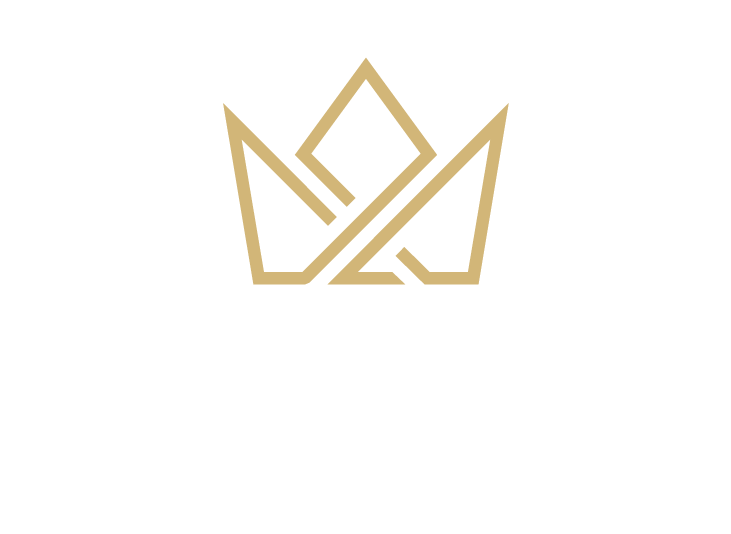Tracey Biscontini’s journey in educational publishing is filled with lessons for anyone working in content, publishing, or education. She runs a successful educational content firm in Pennsylvania, USA, and her methods apply across industries that value clarity, reliability, and structured creativity.
“Educational writing isn’t about flair,” she says. “It’s about clarity. Every sentence has to carry weight.”
Tracey has built a reputation for precision, fast turnaround, and trust—qualities she’s made standard in her business, Northeast Editing, Inc. Her experience building a remote team of writers and editors shows how small teams can scale without losing quality.
Starting with Just a Desk and a Deadline
In 1992, Tracey Biscontini launched Northeast Editing with no staff—just a computer and a determination to get it right. “I wasn’t trying to build a company,” she recalls. “I just wanted to write and make enough to support myself.”
She began writing and editing for publishers, often juggling multiple roles—writer, editor, project manager. Over time, word of mouth grew. Her reliability brought more work. She hired other experienced writers—many of them former journalists—to keep up with demand.
“Deadlines weren’t optional,” she says. “If you missed one, that was it. So I didn’t miss them.”
Scaling Without Losing the Details
As her business grew, Tracey transitioned from solo work to team leadership. She took on more oversight, less writing—but never stopped reviewing content herself. Her team produced reading passages, test-prep materials, and assessments for major publishers.
“I still read everything before we send them out,” she says. “It’s old-school, but it works.”
What makes her process stand out is structure. Each project gets clear guidelines. Writers know the audience and learning goals from day one. In many ways, it’s a model of how to scale quality content while maintaining consistency.
Lessons for Content Teams and Creators
For teams managing high volumes of educational or instructional writing, Tracey’s process offers an important lesson: process beats flair. Every member of her team follows strict protocols on structure and voice.
“If something looks clever but confuses the reader, it has to go,” she explains. “Students need clarity, not style points.”
Her hiring strategy is also direct: small trial projects. “I can tell a lot from how someone writes a single multiple-choice question. That’s where logic meets clarity.”
Beyond Business: Her Passion for Cats and Care
There’s a soft side to Tracey’s structured world. At her office, several rescue cats roam freely. She and her staff foster stray kittens and socialise them until they’re ready for adoption.
“It started with one stray showing up outside. Now it’s part of what we do,” she says. “It keeps things grounded.”
For her, compassion isn’t separate from the work—it’s part of the company’s rhythm. This approach reflects a thoughtful leadership style that values balance and care.
How the Industry Has Changed—and What’s Next
Tracey has seen massive shifts in the educational publishing world. When she started, everything was print. Today, her team delivers digital-first content, adaptive assessments, and content that works across platforms.
“The biggest change is the speed,” she notes. “Clients want more, faster, and it has to work across formats.”
She doesn’t see that slowing down. What keeps her grounded is sticking to the basics: clear briefs, strong team communication, and checking the work thoroughly.
Advice for New Creators in the Industry
Her message to younger writers and entrepreneurs is simple: “Be reliable. Meet your deadlines. And don’t take edits personally.”
She also emphasises learning the standards. “You have to understand what the curriculum is asking for. You’re not just writing a story—you’re writing to help a student learn.”
For freelancers, small teams, or anyone working across education and publishing, her experience reads like a practical guide: keep things simple, stay human, and build systems that can scale.
Final Thought: Editing as an Invisible Art
Tracey believes the best editing is the kind no one notices. “If a student or teacher is distracted by the wording, we’ve failed. The goal is to make the message so clear it disappears.”
That mindset—quiet, consistent, purposeful—is something any creative entrepreneur can apply, no matter the industry.
